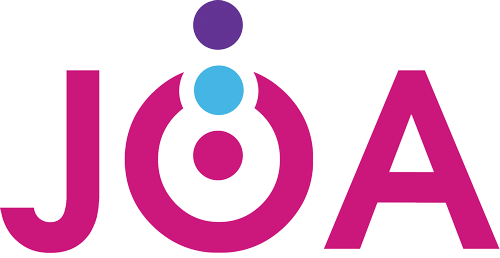How Does Technology Impact Workers’ Physical and Mental Health?
Technology plays a major role in any modern workplace. Thanks to advancements in tech and the wide availability of the internet, we’ve seen many positive developments in the world of business. But is there a point of diminishing returns? What is the impact of overuse or improper use of technology? And how can a corporate wellness program help to counteract these consequences?
Poor Posture and Tech Neck
“Tech neck” is the clever name given to the stress on your neck and shoulder muscles, caused by looking down at your devices. Although this kind of pain is nothing new, there has definitely been a huge increase in the era of smartphones and near-constant internet access. Unsurprisingly, research has shown a strong correlation between smartphone screen time and the severity of neck pain.
Chiropractors have reported that tech neck can lead to posture problems that can affect your entire spine. Looking down at your phone can cause a lengthening of the neck muscles and a shortening of the chest muscles, ultimately causing an increase in spinal pressure on your neck.
Although the average weight for an adult’s head is 10-12 pounds, poor posture can significantly increase the amount of stress that your head puts on your neck. When your head is upright, you’re putting 10-12 pounds of pressure on your neck. However, when your neck is bent at a 15-degree angle, this becomes 27 pounds of pressure. A 45-degree bend puts nearly 50 pounds of pressure on your neck. This information comes from Dr. Kenneth Hansraj, chief of spine surgery at New York Spine Surgery & Rehabilitation Medicine.
Tech neck can cause serious problems, including headaches, and chronic pain in the neck and shoulders. More extreme cases can result in numbness in the hands or a change in the shape of your spine.
Blue Light Exposure and Digital Eye Strain
How many hours per day do you spend looking at a screen? Whether you’re watching TV or using a laptop or smartphone, your eyes will be exposed to blue light. Blue light promotes alertness and can help to regulate your body’s circadian rhythm. However, constant or excessive exposure to blue light can have quite the opposite effect. Using your smartphone around the clock can lead to disrupted sleep and reduced energy the following day. People who use their phones or laptops before bed often experience poorer sleep quality and may find themselves waking up during the night.
Digital eye strain (also known as computer vision syndrome) is a common experience for people in the 21st century. Research suggests that over 60% of Americans report experiencing symptoms of digital eye strain. These symptoms include pain and dryness of the eyes, headaches or blurred vision.
How can we prevent our devices from causing harm to our eyes? Start by being mindful of your screen time. These days, most devices provide detailed screen time reports, even allowing you to see how much time you’re spending on each app. Can you find any opportunities for reducing the time spent staring at a screen? Maybe you can choose to read a book or listen to music while sitting in a waiting room instead of checking your email on your phone. To prevent blue light from affecting your sleep, try to avoid using your devices within an hour of bedtime.
Digital Burnout and Information Overload
The impact of technology on our mental health has been extensively researched. In our personal lives, social media usage can lead to self-esteem issues as we compare ourselves to the people on the other side of the screen. But even in a workplace setting, the use of technology can lead to issues such as digital burnout and information overload.
Burnout can be defined as fatigue, apathy, or frustration resulting from prolonged stress, overwork, or intense activity. When these symptoms are associated with excessive technology use, you have a case of digital burnout. Similarly, digital overload happens when your use of technology results in information overload. This is an inability to process the amount of information you receive online, leading to distraction, mental exhaustion and diminished workplace performance.
Recently, a workplace productivity report showed that over 50% of office professionals are suffering from digital overload. Many believe that digital tools are making them less productive and are causing them to be unfocused and inefficient in meetings.
How a Corporate Wellness Program Can Help
Technology has allowed us to make incredible advancements in the workplace. We’re able to work much more efficiently and achieve goals that were not possible a few decades ago. We can communicate with colleagues across the globe and find crucial information with the click of a button
But improper use of technology can have the opposite impact. Digital overload can lead to inefficient employees and wasted working hours due to productivity loss. Musculoskeletal disorders are caused by poor posture and sitting at a desk for too many hours. Back, neck and shoulder pain are some of the leading causes of workplace absenteeism. Blue light exposure can cause poor sleep hygiene, which prevents employees from showing up as their best.
Corporate wellness programs address the myriad of technology-related health issues that affect workers. These programs help to reduce unhealthy workplace behaviors, while promoting a more engaged workforce. By addressing five key areas of wellness (movement, nutrition, posture, mindset, and teamwork), we work with you to get real results. Whether workers are remote or hybrid, our programs help to increase productivity, profitability and retention.





